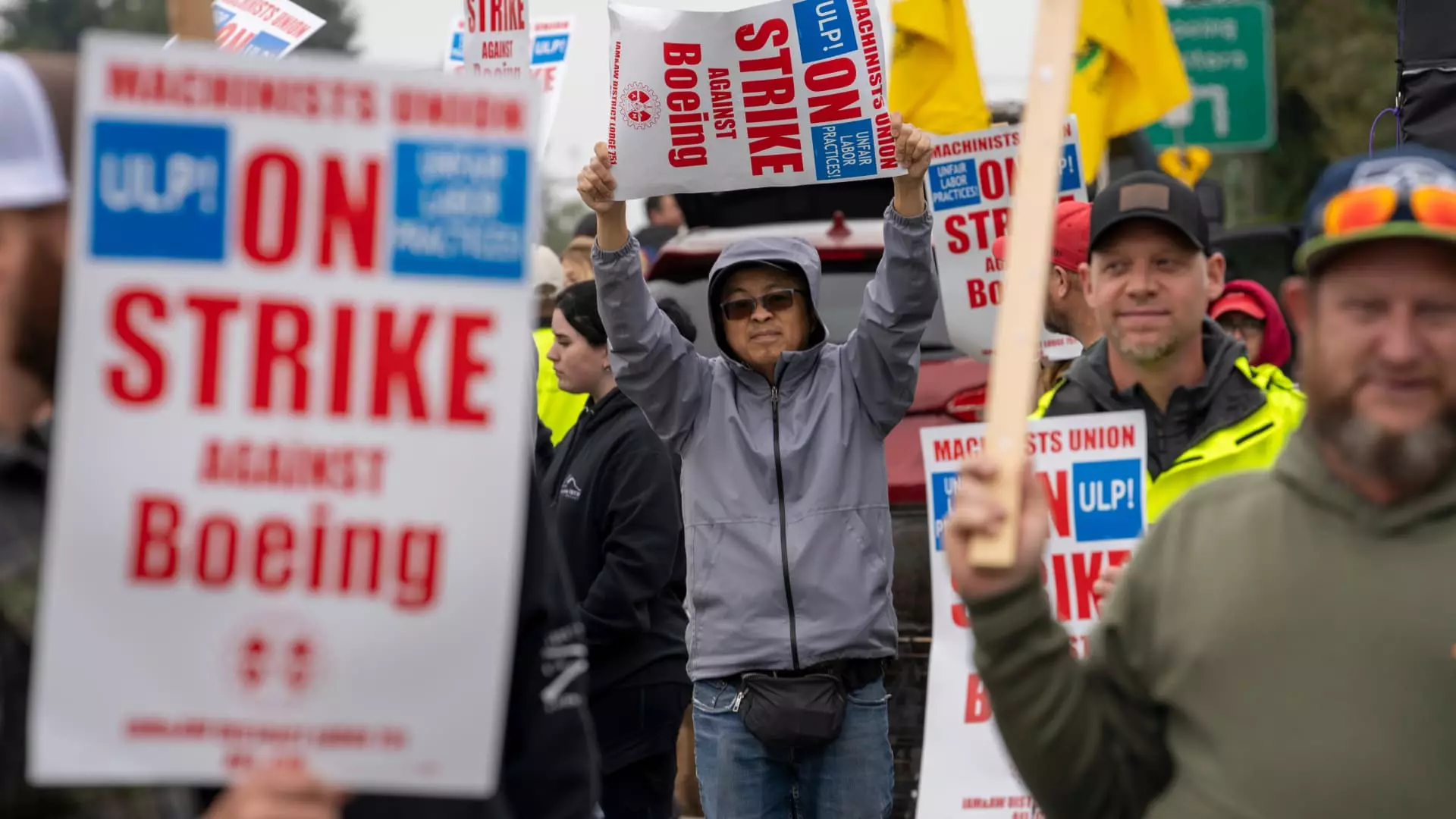In mid-September, a significant disruption unfolded at Boeing as approximately 33,000 machinists initiated a strike due to dissatisfaction with a proposed labor agreement. This decision came after a decisive rejection of a tentative deal aimed at resolving several labor disputes, primarily centered around pay and working conditions. The strike commenced on September 13, effectively halting the production of Boeing’s aircraft, which has significant implications for both the company and the wider aerospace industry, particularly in the Puget Sound region where much of the production occurs.
Boeing’s Response and Offer Adjustments
Amid growing tensions, Boeing attempted to amend its original contract offer by enhancing financial incentives, including increased pay raises and a one-time ratification bonus. These adjustments were intended to entice union members back to the negotiating table and resume production. However, in a surprising turn of events, these revisions did not sway the union, which argued that the changes were not the result of negotiation but rather unilateral adjustments by the company. The breakdown of talks this week has led to Boeing’s decision to withdraw its contract offer altogether, leaving the machinists’ demands unanswered.
The implications of the strike extend far beyond the assembly lines. S&P Global Ratings has projected that the ongoing strike could cost Boeing over $1 billion a month, categorizing the situation as a critical threat to the company’s financial health. The negative outlook on Boeing’s credit ratings indicates that continued disruption could erode investor confidence and complicate future financing strategies. This financial strain is poised to intensify as the strike prolongs, underscoring the high stakes involved for both the corporation and the striking workers.
The International Association of Machinists and Aerospace Workers has expressed strong discontent with Boeing’s latest proposals, asserting that the company has yet to adequately address essential facets of their concerns, such as wages, retirement plans, and provisions for vacation and sick leave. Their position reflects a broader labor movement trend, where workers are increasingly demanding fair compensation and improved working conditions in industries historically characterized by more subdued negotiation tactics. The union’s leadership remains steadfast in their commitment to achieving a favorable deal, indicating that the path to resolution is still fraught with challenges.
As the stalemate continues, both Boeing and the machinists face considerable pressure to find common ground. The company, represented by Stephanie Pope, has voiced frustrations over what it perceives as non-negotiable demands from the union, which they argue threaten competitive viability. Conversely, the union maintains that their demands are not exorbitant but rather essential for their members’ livelihoods. The scenario presents a complicated dynamic where the need for compromise is paramount, yet both sides appear entrenched in their positions. Without a mutual willingness to negotiate, the strike could extend, leading to further financial and operational repercussions for Boeing and uncertainty for its workforce.
The ongoing strike at Boeing encapsulates the tense negotiations between labor and management, revealing deeper issues surrounding workers’ rights and corporate responsibilities. The outcome will not only shape the future of Boeing but may also propagate changes across the broader industry landscape.

